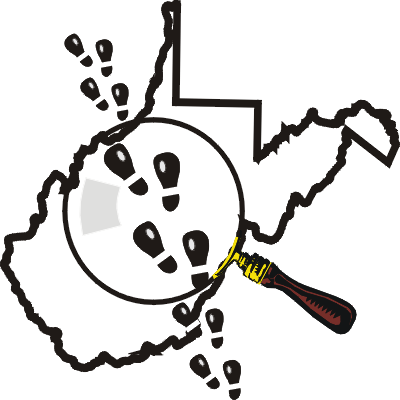
West Virginia
Infectious Disease Epidemiology Program
 |
West Virginia |
|
|
Standard Precautions for Infection Control(Adopted from "Infection Control and Applied Epidemiology Principles and Practice," Association for Professionals in Infection Control and Epidemiology, Inc., 1996) Standard Precautions apply to all patients in health care settings, regardless of their diagnosis or presumed infection status. Standard Precautions are devised to reduce the risk of transmission of microorganisms from both recognized and unrecognized sources of infection. Standard Precautions are used when coming in contact with blood; body fluids, secretions, and excretions except sweat (regardless of whether or not they contain visible blood); nonintact skin; and mucous membranes. Handwashing is crucial. Wash hands:
Wear clean gloves when touching blood, body fluids, feces, non-intact skin, mucus membranes, or contaminated items. Change gloves between tasks and procedures on the same patient after contact with material that may contain a high concentration of microorganisms. Remove gloves promptly after use and before touching non-contaminated items, environmental surfaces, self, or other patients. Wear masks, eye protection, or face shields when providing care that is likely to generate splashes of blood, body fluids, or feces. Wear gowns (clean and nonsterile) when providing care that is likely to generate splashes or sprays potentially soiling clothing by blood, body fluids, or feces. Remove gowns promptly after use. Use care in handling patient-care equipment or linen soiled with blood, body fluids, or feces in order to prevent skin and mucus membrane exposure, contamination of clothing, and transfer of microorganisms to other patients or environments. Ensure that reusable equipment is appropriately cleaned and reprocessed prior to use on another patient and that single-use items are properly discarded. Use "sharps" precautions to prevent injury from needles, scalpels, and other sharp-edged instruments. Use mouthpieces, resuscitation, or ventilation devices as alternatives to mouth-to-mouth resuscitation in areas where the need for resuscitation is predictable.
|
|
State
of West Virginia (WV) A-Z Listing of West Virginia's Reportable Diseases
|